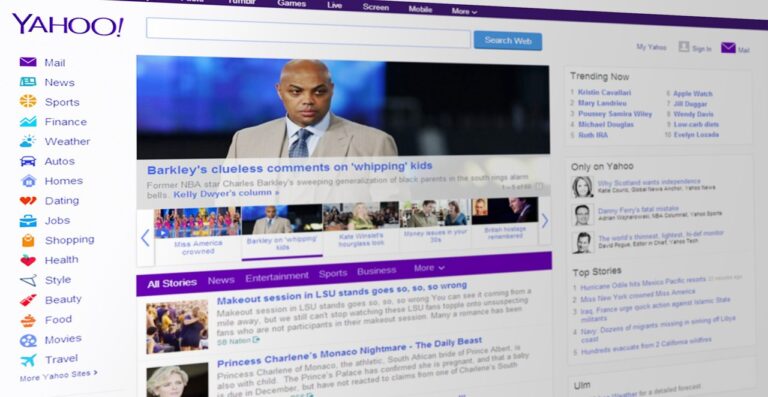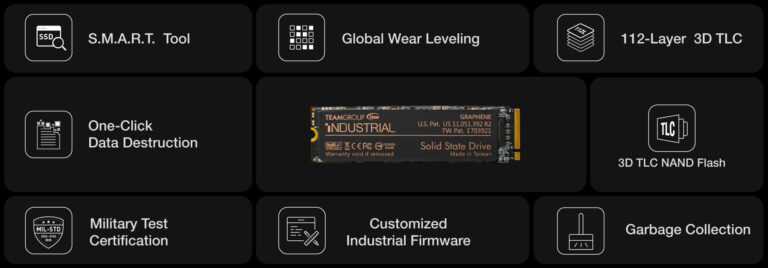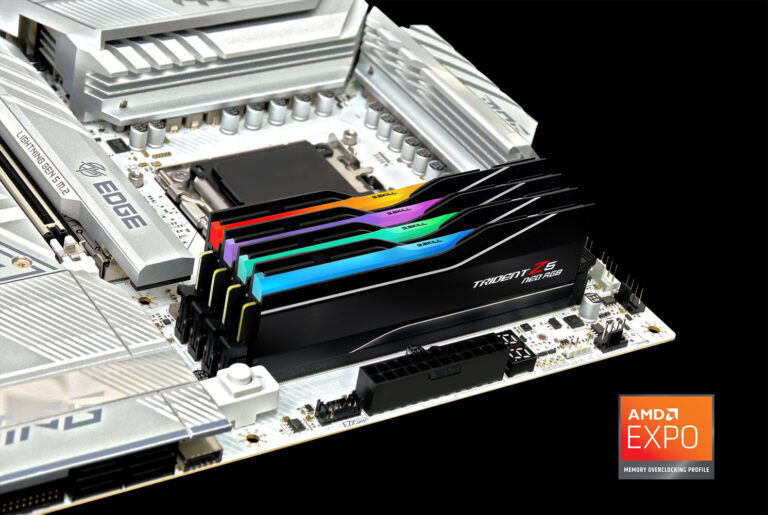
Building your own PC is awesome—you can make it exactly how you want, whether you’re gaming, editing videos, or just doing office stuff. It can save you money or give you a better machine in the end. Plus, you can go all out with fun stuff like a cool case or RGB lights if you want your setup to look like a party! You get to pick every part, use top-notch stuff, save cash with second-hand pieces, or mix and match however you like. You’ll know exactly what’s in your computer, and it’ll be just what you wanted.
You’ll also feel super connected to your PC after building it. You’ll know it inside out, and upgrading things like adding a new SSD or swapping the graphics card will feel like a breeze since you put it together yourself. If you’re new to this, it might seem a bit scary, but don’t worry—I’ve got 10 tips to make it easier.
1. It’s Not as Tough as It Looks

Building a PC might sound super technical with fancy words like “overclocking” or “BIOS,” but it’s actually pretty simple! YouTuber Jayz Two Cents even showed a five-year-old doing it with a little help. If you want to get fancy with stuff like liquid cooling, it can get trickier, but for a basic build, all you need are the right parts, some tools, a YouTube video, and a free afternoon.
2. Now’s a Great Time to Build

The last few years were rough for building a PC on a budget because graphics card prices were crazy high. GPUs are a big deal for gaming—they make your games look amazing and run smoothly, so you don’t want a cheap one. They used to sell out fast and get resold for way more than they should’ve cost. A mid-range card could cost more than the rest of your PC! A chip shortage and crypto mining were to blame, but now crypto’s crashed, and new cards are cheaper—sometimes even below their normal price. Used ones are popping up too, so it’s a good time to jump in.
3. A Pre-Built PC Might Save You Money

Building a PC can save cash, but not always. If you don’t want used parts and just need a PC for a specific job, a pre-built one might be cheaper. Some pre-builts are actually pretty good! Big companies get better deals on parts because they buy so many, while you’re just grabbing a few. Plus, pre-builts come with a warranty for the whole machine—usually at least a year. When you build your own, each part has its own guarantee, but if something fries another part, you might be out of luck.
4. Make Sure Your Parts Work Together
Most PC parts fit together fine, but some won’t play nice. A motherboard might only work with AMD or Intel CPUs, and RAM comes in types like DDR3, DDR4, or DDR5—newer stuff won’t fit older boards. Your GPU might need a certain CPU or RAM type too, and your power supply has to be strong enough for everything. If parts don’t match, your PC might work but not as well as it should. For example, a fancy GPU with a cheap CPU won’t run at its best. Size matters too—a huge card like an NVIDIA Titan won’t fit in a tiny case. Use a site like PC Part Picker to check everything before you buy.
5. Watch Out for Static Electricity

Static shocks aren’t fun when you’re building a PC—they can mess up your parts! It’s not super likely, but since parts are pricey, you don’t want to risk it. Static builds up on you from things like carpets or dry air, and it can jump to metal stuff—like your PC’s parts—and damage them. To stay safe, grab a cheap anti-static wristband. Clip it to something grounded, like a radiator, to keep the static away. Or just touch a metal object every few minutes to get rid of any buildup—it’s easy!
6. Operating Systems Aren’t Always Free

If you’ve only bought pre-built PCs, you might think Windows is free since it comes installed. But when you build your own, you usually have to pay for it. A Windows 10 copy costs $139 from Microsoft—that’s as much as a good SSD or 32GB of RAM! You can go with Linux, which is free and works great, though it might take a bit more know-how. Or you can buy a cheap Windows key online for a few bucks—it’s legal, but Microsoft might not love it and could deactivate it. You can also use Windows without activating it, but some features won’t work.
7. Don’t Skimp on These Parts

Most of us have a budget, so you might pick cheaper parts to save money. That’s okay for stuff like RAM or a hard drive—you can upgrade later. But don’t go cheap on the motherboard or power supply! A bad motherboard can slow down your whole PC, and they’re not even that pricey—a good one is under $200. A new one makes upgrading easier down the road. And a cheap power supply? It might not have enough power for upgrades and could even fry your other parts. Spend a little more on these to save headaches later.
8. The CPU Can Be Tricky to Install
Putting in the CPU can be the scariest part of building a PC. It’s not super different from other parts—it clicks in—but if you mess up, it’s a big deal. CPUs are expensive, and they have tiny pins that can get dirty or bent. That could ruin it! You also need to add thermal paste to help with heat and attach a heat sink. Forgetting the paste or using too much can cause overheating or a mess. YouTuber Tech Illiterate tested different ways to apply it, so check that out to make it easier.
9. Don’t Freak Out If It Doesn’t Start Right Away

When you turn on your PC for the first time, it’s so exciting—but it might not work! Don’t panic—it’s usually something small. Maybe you forgot to flip the power supply switch on the back, or the RAM isn’t clicked in all the way. Check your motherboard manual to make sure the RAM’s in the right spot, and double-check all your cables. Make sure the motherboard isn’t touching the case, and that the CPU isn’t overheating. There are lots of little fixes, so just search online before you stress out.
10. You Can Upgrade Later
Building a PC doesn’t mean you have to get everything perfect right away. If you’re on a budget, you might be tempted to splurge on better parts, but that adds up fast. Instead, plan for the future! Get a good motherboard and power supply now, and go basic on other stuff. Adding more storage or RAM later is super easy—like going from 16GB to 32GB when you’ve got extra cash. Swapping a GPU is a bit pricier but not hard. Think of your PC as a project you can keep making better over time—start simple and build your dream rig step by step!





